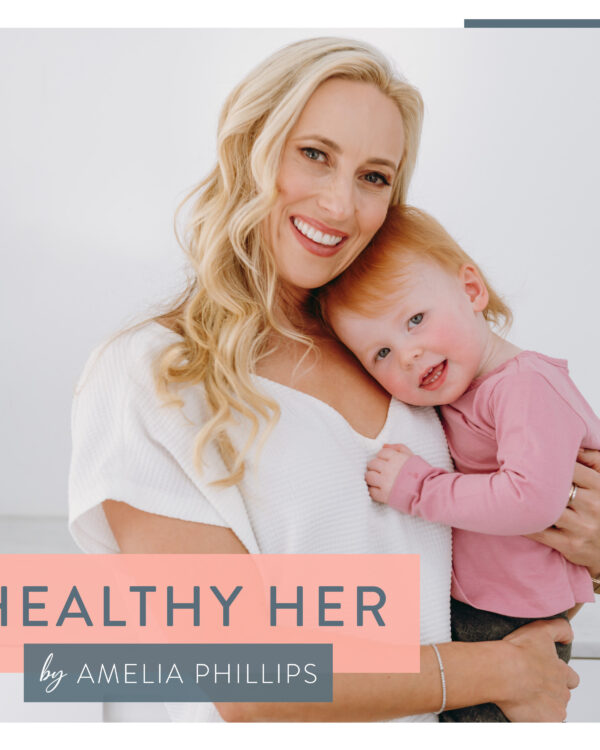Whether your goal is weight loss, performance, or simply to be the healthiest version of you – what I’m about to tell you is REALLY IMPORTANT!
We, as a society, are drinking way too many kilojoules in unhealthy, energy dense drinks – it’s scandalous! Ok maybe I’m being a slight drama queen but it shocks me that we can gulp down ¾ of our daily kilojoule intake in a few minutes and it not even register on our satisfaction-o-meter.
Really, the only drinks that should pass through your lips are:
- Water: Do I need to explain?
- Tea: Good old English breakfast (although, I love Earl Grey), black, white, green, herbal – they’re all packed with antioxidants.
- Coffee: One to two per day is actually good for you. But don’t add any syrups; milk is fine.
- Occasional protein shake: Chuck in some super food berries. One per day is plenty. Don’t add honey.
- Occasional glass of plonk: You’re better off having one glass three times per week than having nothing then getting trolleyed on a weekend. Vodka fresh lime and soda is the cleanest, lower KJ drink.
Kilojoules in drinks
Alcohol and soda drinks are criticised the most for being loaded with sugar, but we often forgo other beverages that boast a ‘healthy’ image, but in reality, they’re aren’t.
Diet drinks and colas significantly cut kilojoules, but also trigger the addictive desire to indulge in other foods, as they’re packed with artificial sweeteners. Some dairy drinks have also proven to contain more kilojoules than a solid main meal.
Here are some examples of how many cubes of sugar you’re really putting in your body.
- Regular cappuccino: 490 KJ, 2 sugar cubes
- 350ml Bottle of mango or apple juice: 590 KJ, 7 sugar cubes
- 600ml Sports drink: 670 KJ, 9 sugar cubes
- 375 ml Soft drink: 675 KJ, 10.5 sugar cubes
- 400ml Choc milkshake: 965 KJ, 7 sugar cubes
- Banana smoothie: 1100 KJ, 9 sugar cubes
Can you imagine just eating an equivalent of seven or nine cubes of sugar on any given day? Oh the horror, I honestly can’t.
A small can of Coke has a whooping 42g of sugar and is innocently gulped down in a matter of minutes. We often can’t comprehend the hidden sugar and kilojoules our favourite drinks contain, resulting in ignorance in its consumption.
Tips to escape the drink trap
- Stick to water while exercising – There’s nothing worse than working really hard on the treadmill and compensating for all the sweat with a sugary drink. Keep a large bottle of water with you when exercising; trust me, you don’t need energy drink while training moderately. The only people who need sports drinks are those training for over 90min where performance trumps weight loss.
- Alternate with coconut water – Always look at the nutrition value when picking pre-packed coconut water. It’s a great substitute for a pre or post workout drink, as it’s rich in electrolytes, potassium and magnesium, but stay away from the ones that are artificially sweetened with fruity flavours. C Coconut Water is a good pre-packed brand. If you can get a fresh young coconut at your nearest grocers, nothing like it.
- Juice it yourself – No amount of ‘no added sugar’ or ‘no MSG’ reimburses for the loaded sugar in fruit juice bottles found on supermarket shelves. If you like to have your fruit in liquid form (as opposed to eating the fruit in its raw form – the best kind), then juice the fruit yourself. The fresher the juice, the better it is for you. Also, go by my motto of two root = 1 fruit, as this will hike your intake of vegetables.
- Raw chocolate shakes – Instead of getting yourself a large serve of full-fat, creamy and milky chocolate shake, swap it for skim milk in a smaller size. If making the drink at home, substitute sugary drinking chocolate with raw cacao powder. You’ll eliminate so many calories by doing so.
Did you know that chocolate milk has been labelled one of the BEST post endurance event recovery drinks, as it contains glucose (a type of sugar that enters the blood stream faster than fructose from fruit) and protein in the milk. Now I know why my running club offers hot chocolate after our 30km winter Sunday runs – genius! - Skim milk or non-dairy in your coffee – I’m not going to get into the debate of dairy vs. non-dairy at this stage, but if you can’t survive the day without your morning cup of coffee, opt for a long black or a piccolo. This small-sized Italian-style latte has very little milk in it, while providing you with the same dose of caffeine. Zing! If you’re brave enough, surprise your taste buds and have your cappuccino or flat white with unsweetened almond or oat milk. They’re loaded with protein and have less sugar content too.
- Skip the sugar (including artificial) – I can’t emphasize on this anymore, eliminate the spoonfuls of sugar in your tea and coffee. You’ll be surprised with the difference it makes to your waistline. Artificial sugars are no good either. Jump on the natural sweetener parade and introduce your pantry to stevia or xylitol.
- Check the nutrition label – Always check the amount of sugar and calories in a drink before putting it in the shopping trolley.
- Chew instead – This seems rather obvious, but there’s no healthier alternative to chewing your meals. Get as much fibre, protein and essential nutrients as you can with your food and stick to filtered water for hydrating the body. If you’re hitting the afternoon slump, opt for yogurt with a handful of berries instead of ordering a calorie and sugar-filled smoothie.
Watch my segment from Mornings9 below, where I discuss the equivalent of food from our ‘everyday’ drinks. The results are shocking.





Recent Comments